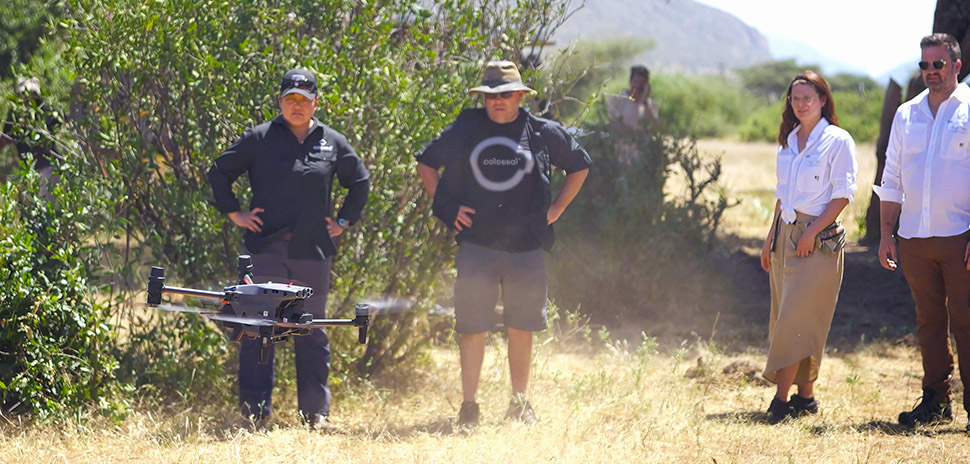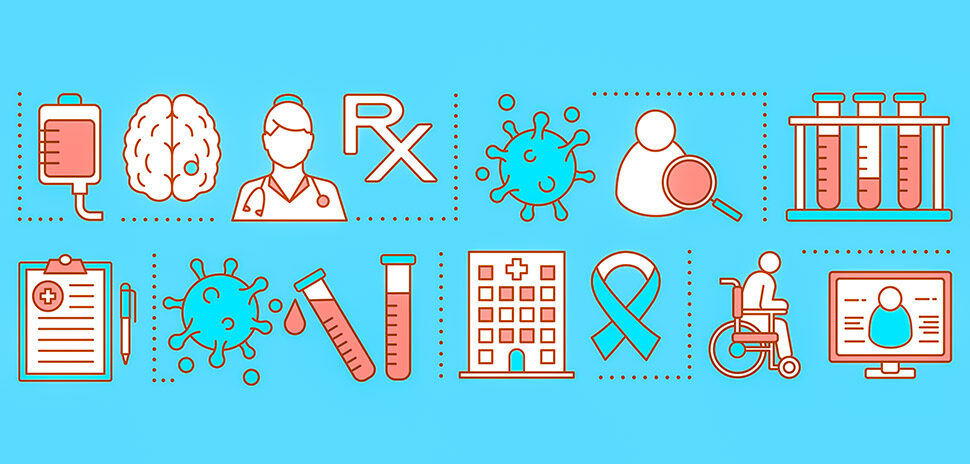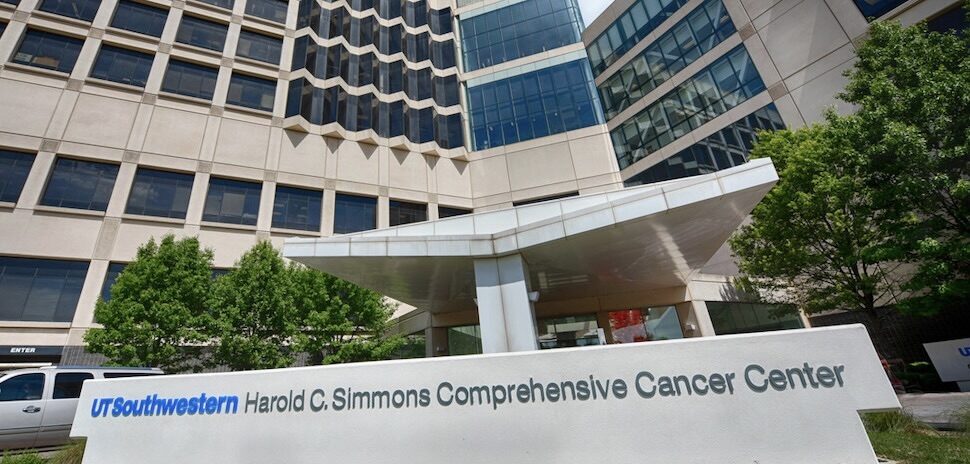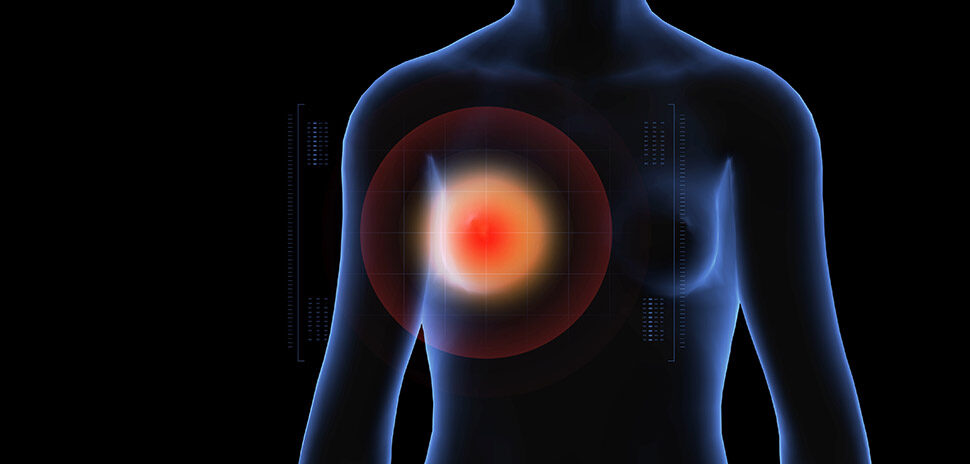A professor and his doctoral student at UT Arlington have published a new statistical modeling method of predicting survival from cancer based on machine learning technology. They say their model is 30% more effective than previous ones in predicting who will be cured of cancer and who will need further treatment.
The researchers focused on leukemia to develop their model because it’s caused by the rapid production of abnormal cancerous white blood cells, UTA said. Since that production doesn’t occur in healthy people, the researchers could clearly see which patients in the historic data set were cured by treatments and which were not.
Principal investigator Dr. Suvra Pal, associate professor of statistics in UTA’s Department of Mathematics, said that previous studies modeling the probability of a cure—also called the cure rate—”used a generalized linear model with a known parametric link function such as the logistic link function.”
“However, this type of research doesn’t capture non-linear or complex relationships between the cure probability and important covariates, such as the age of the patient or the age of a bone marrow donor,” Pal added in a statement.
Statistical modeling can help patients avoid treatments they don’t need
Because of the rapid development of computing power over the past few decades, machine-learning techniques have become popular in medical settings as a way to predict survival rates and life expectancies among patients diagnosed with diseases such as cancer, heart disease, stroke, and, more recently, COVID-19, UTA noted.
The university said that such statistical modeling helps patients and caregivers balance treatment that offers the highest chance of a cure while minimizing the consequences of possible side effects.
This model can help patients avoid treatments they don’t need while allowing treatment teams to focus on others who need additional interventions.
“Our research takes the previously tested promotion time cure model (PCM) and combines it with a supervised type of ML algorithm called a support vector machine (SVM) that is used to capture non-linear relationships between covariates and cure probability,” Pal said.
UT Arlington said that with the support of a grant from the National Institute of General Medical Sciences, the new SVM-integrated PCM model (PCM-SVM) builds upon a simple interpretation of covariables to predict which patients will be uncured at the end of their initial treatment and need additional medical interventions.
‘Defining the optimal treatment strategy’
Pal and his student tested both statistical models. The newer PCM-SVM technique was found to be 30% more effective at predicting who would be cured by the treatments compared to the previous technique, UTA said.
“These findings clearly demonstrate the superiority of the proposed model,” Pal said. “With our improved predictive accuracy of cure, patients with significantly high cure rates can be protected from the additional risks of high-intensity treatments. Similarly, patients with low cure rates can be recommended timely treatment so that the disease does not progress to an advanced stage for which therapeutic options are limited. The proposed model will play an important role in defining the optimal treatment strategy.”
![]()
Get on the list.
Dallas Innovates, every day.
Sign up to keep your eye on what’s new and next in Dallas-Fort Worth, every day.
































